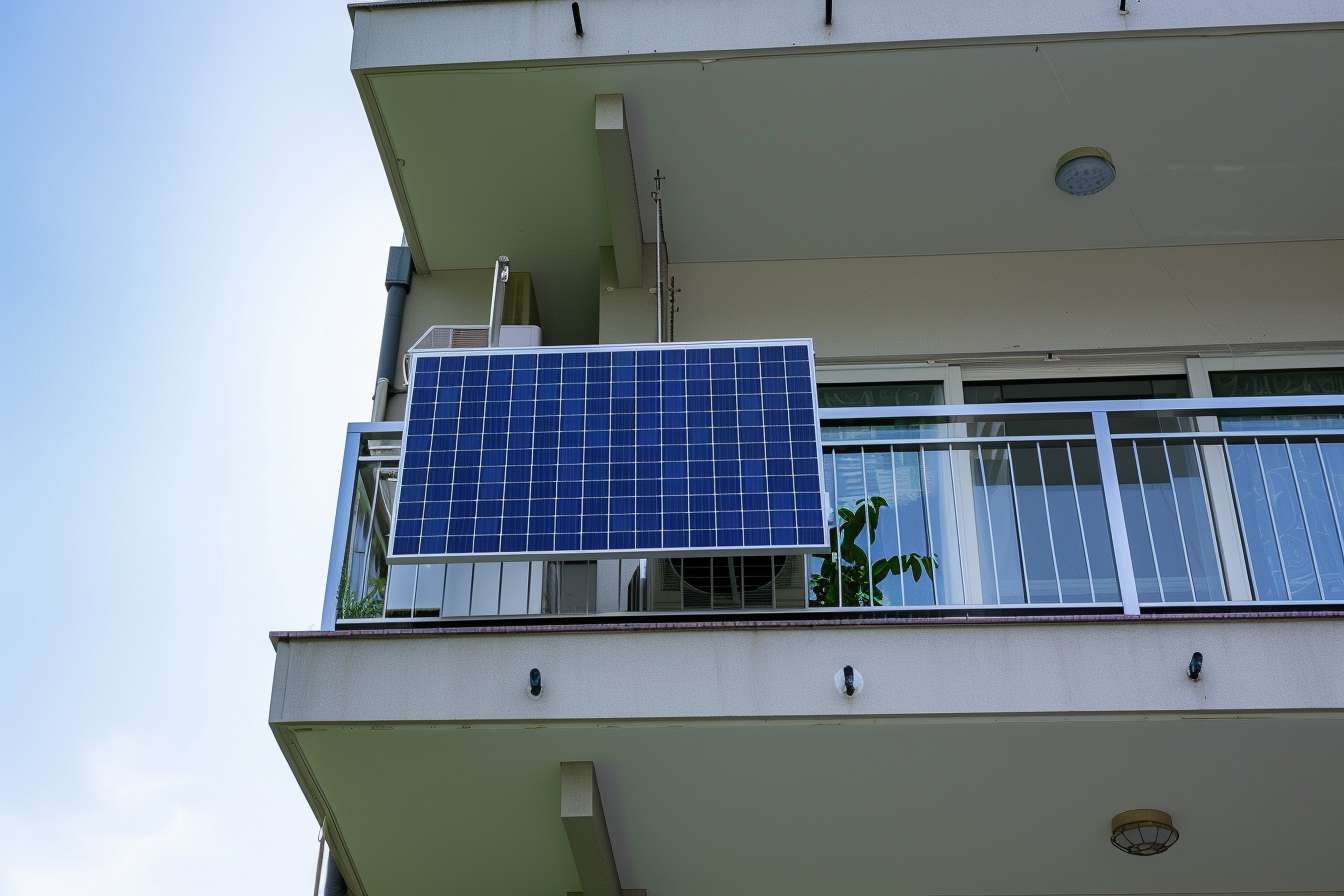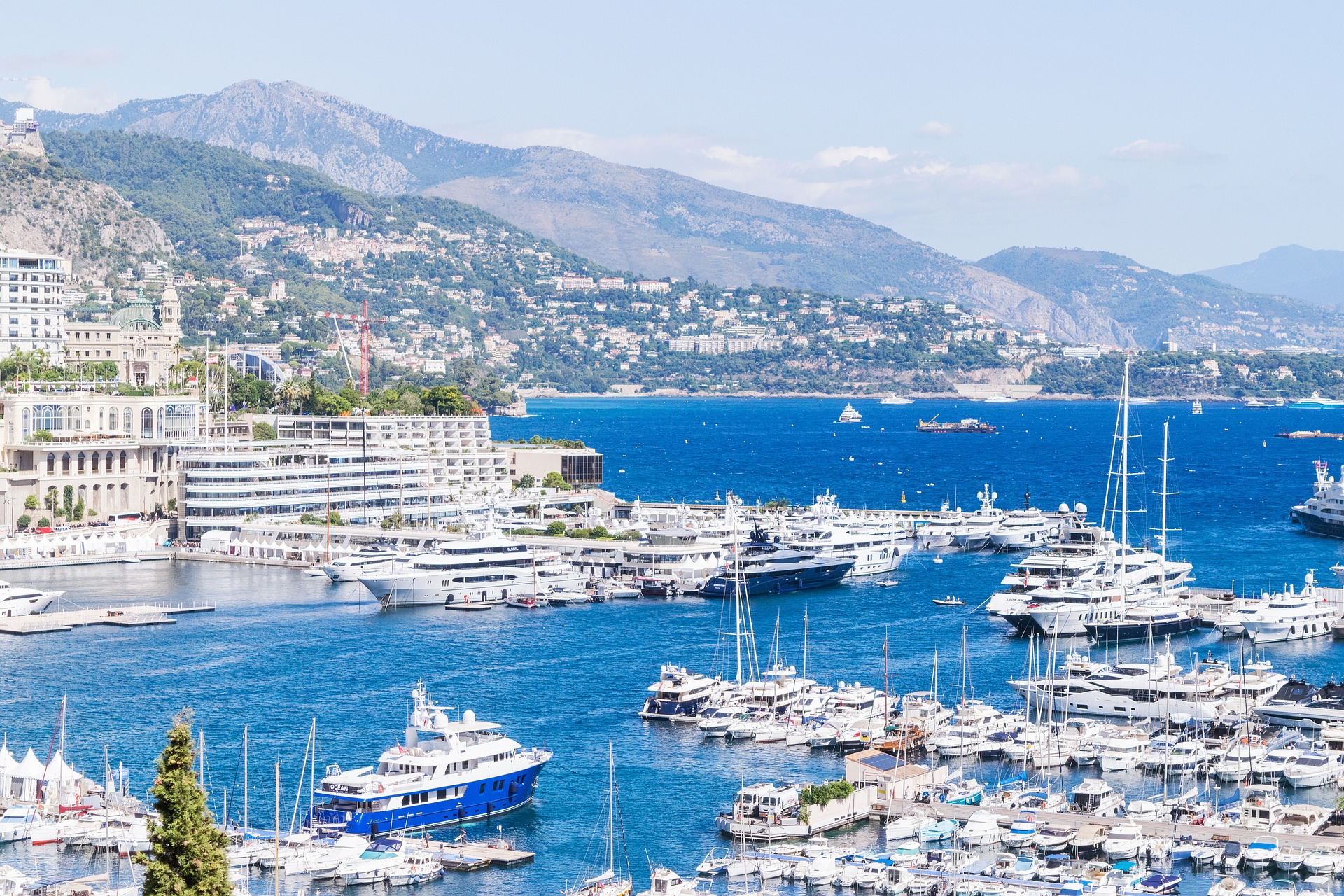The Hidden Economics Behind Green Rentals: How Energy-Saving Apartments Are Changing the Game
Energy-efficient apartments are reshaping the rental market through innovative economic models that benefit both tenants and landlords. These green properties reduce utility costs, eliminate traditional deposits, and create sustainable living environments that attract environmentally conscious renters. Understanding the financial mechanics behind this shift reveals why sustainable rentals are becoming the preferred choice across global markets, particularly in Europe where environmental regulations drive demand.

The rental market is experiencing a fundamental transformation as energy-efficient apartments emerge as a powerful economic force. This shift represents more than environmental consciousness—it’s a calculated business strategy that’s redefining how we think about residential leasing. Property owners are discovering that green features create competitive advantages while tenants enjoy reduced living expenses without sacrificing comfort.
How Can Tenants Lower Monthly Costs Without Cutting Comfort?
Modern energy-efficient apartments offer numerous ways for tenants to reduce monthly expenses while maintaining or improving their quality of life. Smart thermostats automatically adjust temperatures based on occupancy patterns, reducing heating and cooling costs by 10-15% annually. LED lighting systems consume 75% less energy than traditional bulbs while providing superior illumination. High-efficiency appliances, including ENERGY STAR certified refrigerators and washing machines, can cut electricity bills by $200-400 per year.
Insulation improvements and double-glazed windows maintain consistent indoor temperatures, reducing the need for excessive heating or cooling. Water-saving fixtures, such as low-flow showerheads and dual-flush toilets, can decrease water bills by 20-30%. These features work together to create comfortable living spaces that cost significantly less to operate than conventional apartments.
Why Are Landlords Offering Energy-Efficient Apartments Without Upfront Deposits?
Property owners are eliminating traditional security deposits for green rentals as part of a strategic approach to attract quality tenants quickly. Energy-efficient buildings typically attract more responsible renters who value sustainability, reducing the risk of property damage. The lower operating costs of these properties allow landlords to offer more flexible lease terms while maintaining profitability.
Many landlords partner with utility companies that provide rebates and incentives for energy-efficient upgrades, offsetting initial investment costs. These partnerships often include tenant screening programs that identify environmentally conscious renters, further reducing risk. Additionally, green certifications increase property values and rental rates, allowing owners to generate higher returns without requiring large upfront payments from tenants.
What’s Driving the New Demand for Sustainable Rentals Across Europe?
European demand for sustainable rentals stems from a combination of regulatory requirements, economic incentives, and cultural shifts toward environmental responsibility. The European Union’s Green Deal mandates significant reductions in building energy consumption, creating market pressure for efficient properties. Many European cities offer tax breaks and reduced utility rates for certified green buildings, making these apartments more affordable for tenants.
Younger demographics, particularly millennials and Gen Z renters, prioritize sustainability when choosing housing. These groups are willing to pay premium rents for properties that align with their environmental values. Corporate sustainability initiatives also drive demand as companies seek eco-friendly housing options for relocated employees.
| Property Type | Average Monthly Savings | Initial Investment | Payback Period |
|---|---|---|---|
| Standard Efficiency Upgrade | €50-80 | €2,000-3,500 | 3-4 years |
| Premium Green Apartment | €80-120 | €5,000-8,000 | 4-6 years |
| Passive House Standard | €120-180 | €8,000-12,000 | 5-7 years |
| Smart Home Integration | €30-60 | €1,500-2,500 | 2-3 years |
Prices, rates, or cost estimates mentioned in this article are based on the latest available information but may change over time. Independent research is advised before making financial decisions.
The economic model behind green rentals creates a win-win scenario where environmental benefits align with financial advantages. Landlords benefit from reduced maintenance costs, higher property values, and increased tenant retention rates. Energy-efficient systems typically require less frequent repairs and replacements, further improving the return on investment.
Technology integration plays a crucial role in maximizing efficiency gains. Smart building systems monitor energy usage in real-time, identifying opportunities for additional savings. Automated systems adjust lighting, heating, and ventilation based on occupancy and weather conditions, optimizing comfort while minimizing waste.
Government incentives continue to support the growth of sustainable rentals through tax credits, grants, and favorable financing terms. These programs reduce the financial barriers for property owners considering energy-efficient upgrades while encouraging widespread adoption of green building practices.
The transformation of the rental market through energy-efficient apartments represents a fundamental shift toward sustainable urban living. As more property owners recognize the economic advantages of green features, tenants benefit from lower costs and improved comfort. This trend is reshaping expectations for rental properties, making energy efficiency a standard requirement rather than a luxury amenity. The continued growth of sustainable rentals reflects broader societal changes toward environmental responsibility and economic efficiency in housing markets worldwide.




